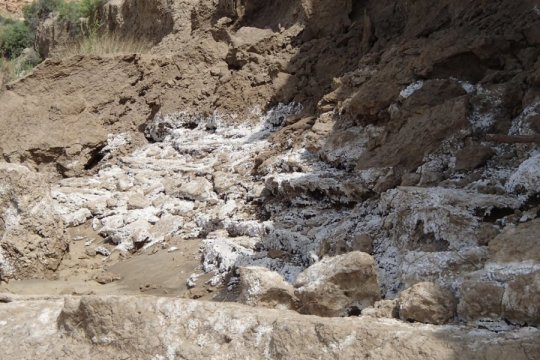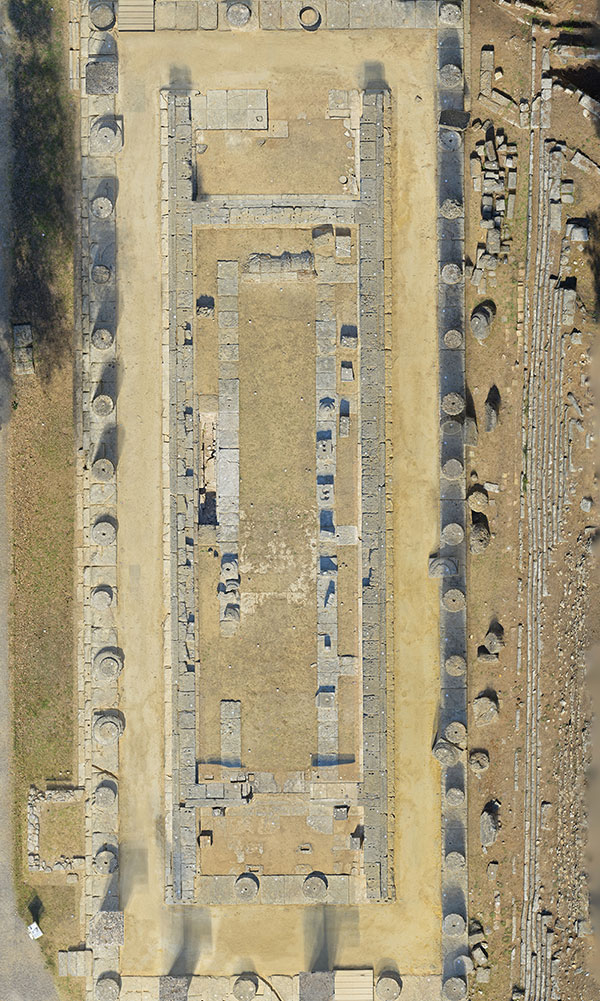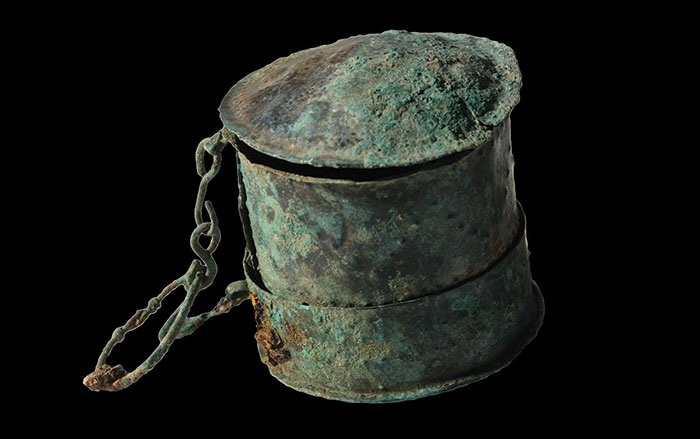
CINCINNATI, OHIO—Laboratory Equipment reports that an interdisciplinary team of University of Cincinnati researchers evaluated 1,000-year-old sediments and water collection techniques at the Ancestral Puebloan site of Chaco Canyon, New Mexico. It had been thought that the soil in the region was polluted with chloride salts through the irrigation practices of the Ancestral Puebloans, making it impossible for them to continue to cultivate maize, their staple crop. This food shortage was thought to have contributed to the decline of Chaco Canyon in the thirteenth century. But the 1,000-year-old soil samples contained salt compounds and volcanic minerals that increased the soil’s fertility, according to anthropologist and geologist Kenneth Barnett Tankersley. The new study also indicates that the Puebloans farmed with mineral-enriched water captured from snowmelt off the mountains that surrounded the settlement, and from small canyons during the rainy season. Pottery stacked in thick-walled rooms in the Puebloan great houses suggests that water was also collected from ponds and puddles and stored for periods of drought. For more, go to “Early Parrots in the Southwest.”











